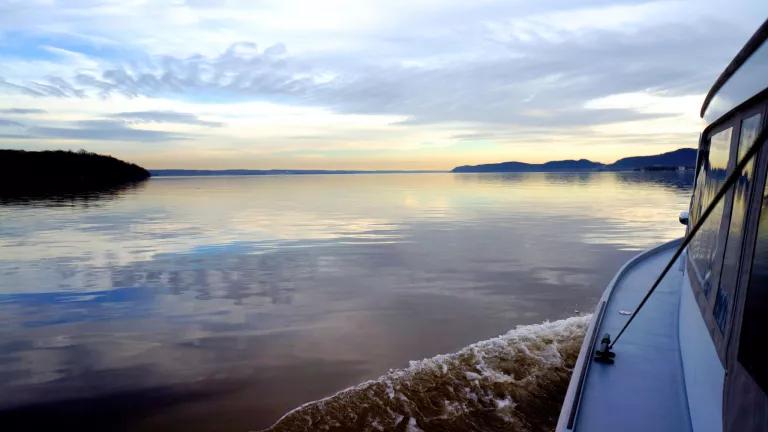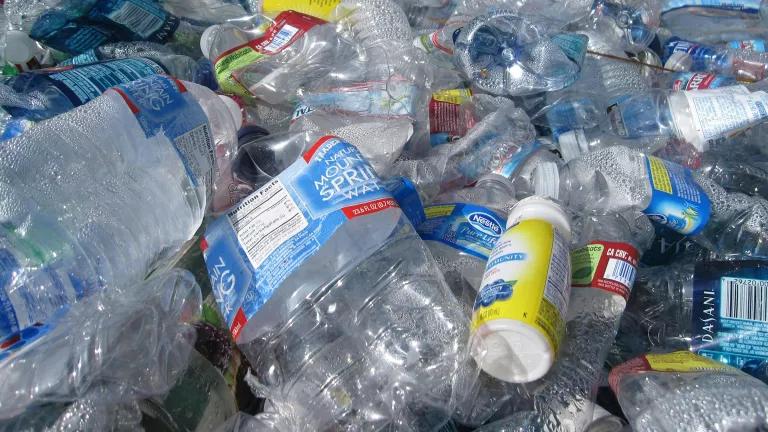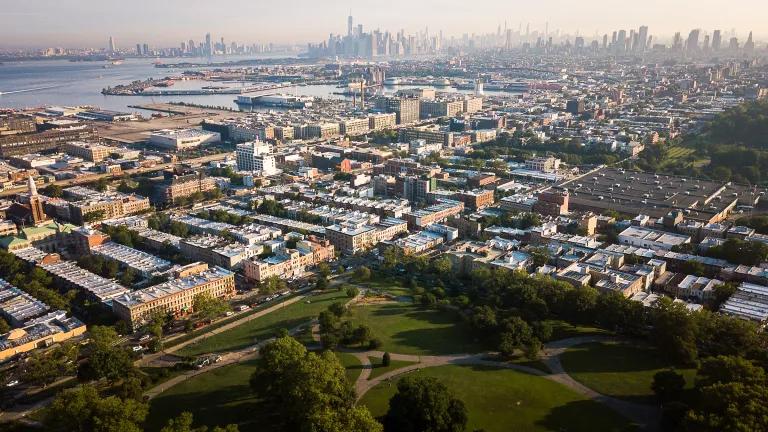The Hudson Is No Place For Oil Barges

It’s difficult to put into words my appreciation for the Hudson River. From its source in Lake Tear of the Clouds at the foot of Mount Marcy to its terminus in New York Harbor, the Hudson continues to inspire my work for a just future.
Growing up in Hastings-on-Hudson, New York, I spent much of my formative years on, in and near the river. The Hudson is a tidal estuary—where salty sea water meets fresh water running from upriver. The mix of fresh and salt water flows in and out with the tide, providing for a tremendous amount of biodiversity—over 200 species of fish call this estuary home. It has been and will always be home for me, too. Watching a tidal estuary flowing past you in two directions teaches you a lot about the world; about resilience, determination, and resistance.
Despite its beauty and the important cultural role it plays in our community, the Hudson continues to face suffer from a legacy of pollution—including PCBs dumped for decades by General Electric. In recent years, however, and thanks to bold, citizen-led leadership, the life in and around the river has begun to show signs of a comeback. And yet, the Hudson, and all of the communities that rely on it, continue to face new environmental threats.
This past summer, the United States Coast Guard announced it was reviewing a proposal to expand the number of anchorage grounds—an area for a ship to anchor—in the Hudson River. The new proposal is for 43 new anchorage sites, in areas not historically navigated by large vessels.
Besides significant potential disruption to the Hudson estuary from increasing ship traffic, especially in areas inhabited by native and endangered species (including the shortnose and Atlantic sturgeon), the proposal could dramatically increase fossil fuel transport on the river.

The Hudson River supports multiple billions of dollars in local and regional business. As we’ve seen time and time again, even when built up to code, fossil fuel infrastructure inevitably fails. And a spill in the river would likely cause irrevocable harm to the species of the river, and to the economy of the region.
The Hudson River cannot afford to be sacrificed to perpetuate our dependence on fossil fuels.
The Coast Guard is currently soliciting comments on this disastrous proposal until Tuesday, December 6th.
What’s your Hudson River story? Please share it by submitting a comment, and join NRDC and our allies in opposition to turning the Hudson River into a fossil fuel parking lot.
We encourage you to speak your own truth, but here is some language you may consider using:
- Because the Project would lead to long-term changes in both the Hudson River’s community and environment, the Coast Guard should not go forward with this proposal.
- If allowed to go forward, the anchorage grounds would permanently alter one of the nation’s most treasured and historic natural resources.
- The Hudson River serves as habitat for over 200 species of fish, including the endangered shortnose and Atlantic sturgeon, which rely on the Hudson River as habitat.
- The increased number of barges that would result from the new berths could also increase the risk of crude oil spills in the river, which are notoriously difficult to clean up, and which could have catastrophic ecological effects on the river’s ecosystem. If tar sands oil—which is much denser than other types of oil—is eventually shipped by tanker on the Hudson, the risks to the ecological health of the river are even greater. Indeed, according to the National Academy of Sciences, tar sands oil is extremely difficult to recover if spilled.



